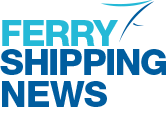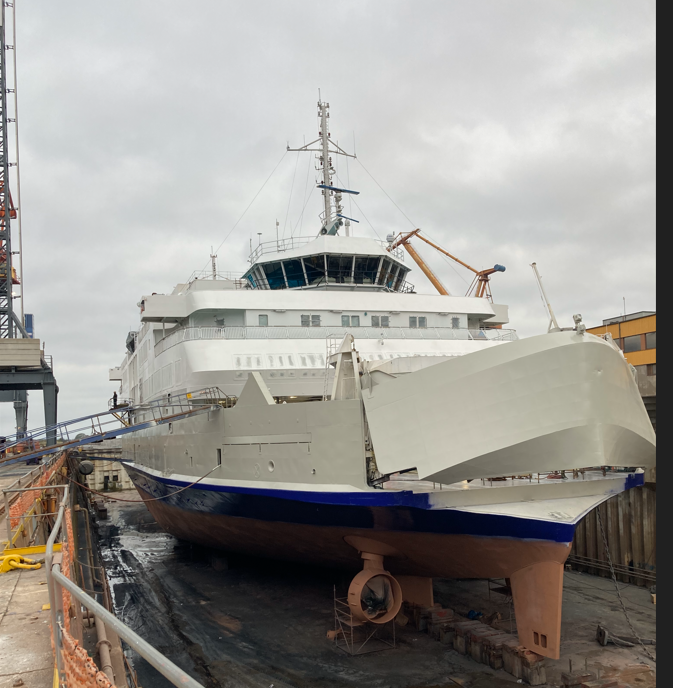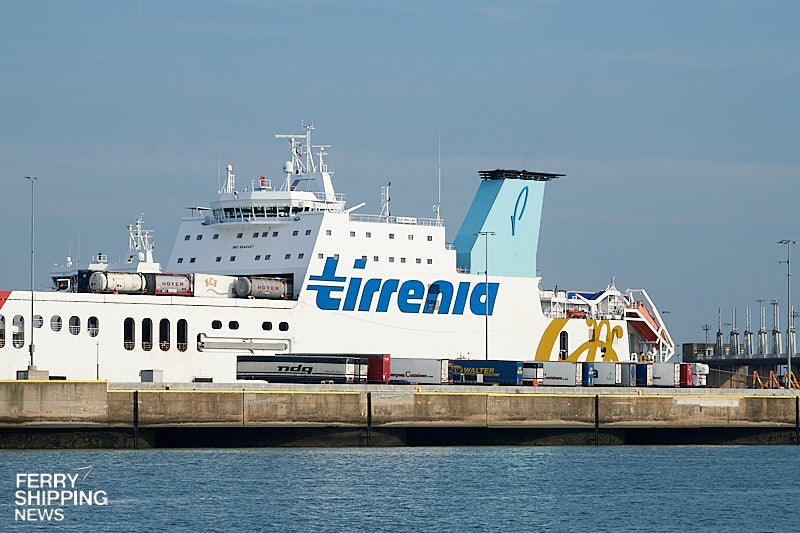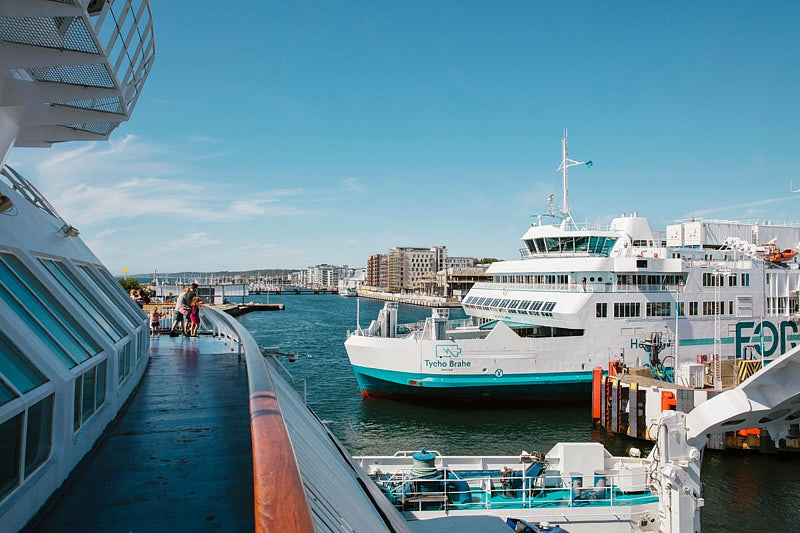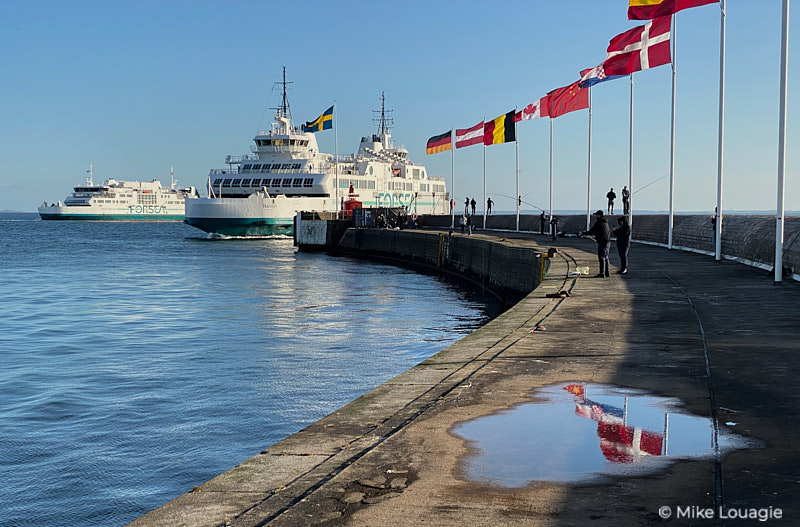With the support of EQT Infrastructure, Molslinjen A/S has entered into a final agreement to acquire ForSea from Igneo Infrastructure Partners.
ForSea is the sole operator of ferries between Helsingør, Denmark and Helsingborg, Sweden, providing ferry services via a single ferry route strategically located at the nearest point between the two countries (approx. 4 km).
As a true “floating bridge”, the ForSea ferries are an integral part of the Nordic transport infrastructure network and carry six million passengers, one million passenger cars and 450,000 trucks across the Öresund every year.
The company operates 5 ferries across the route, 2 of which are electric and a third is scheduled for electric operation – setting a clear path to full decarbonisation of the fleet within this decade.
Molslinjen was acquired by EQT Infrastructure in 2021.
The transaction is subject to approval by the Swedish and Danish competition authorities and is expected to be completed in early 2023. The parties have agreed not to disclose the selling price.
